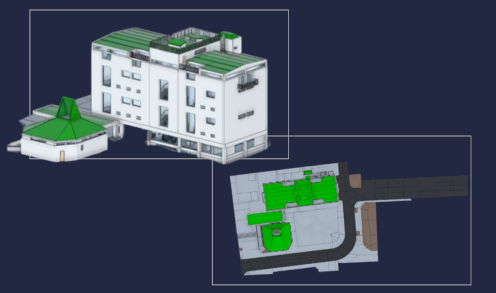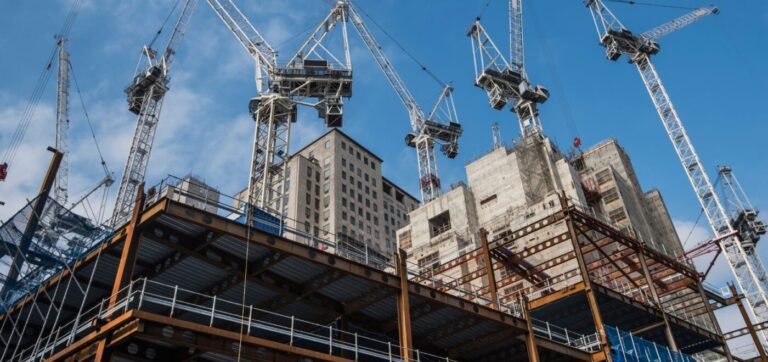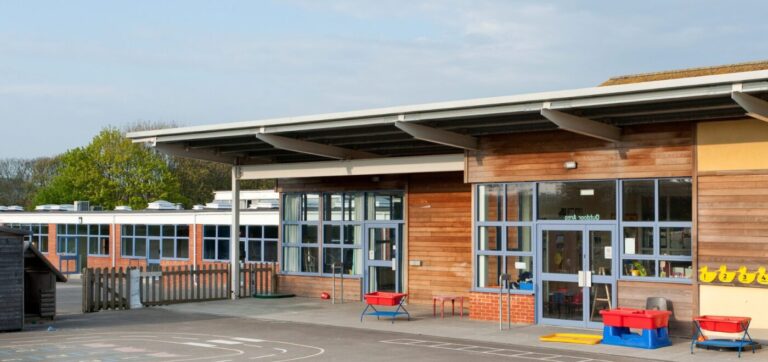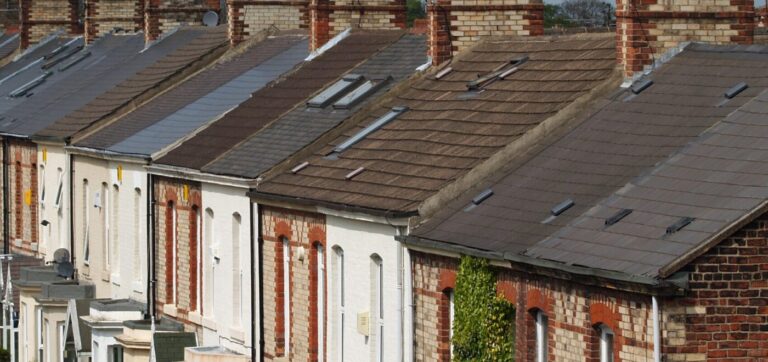INTRODUCTION
In recent years, educational spaces have undergone a remarkable transformation, embracing a more forward-thinking and collaborative approach to design and construction.
This shift has been driven by a desire to create spaces that are not only functional and aesthetically pleasing but also sustainable, connected, and capable of enhancing the wellbeing of those who utilise them. Surveys and the construction industry play a vital role in this transformation, working hand in hand to bring about positive change.
At Spatial Dimensions, we understand that educational spaces are of the greatest importance! This is just one of the reasons we measure, map and model to create amazing spaces that everybody loves.
Our range of geomatics surveys include topographical surveys (land surveys), laser scanning, measured building surveys and underground utility surveys. Our data is then transformed into 3D point cloud data and 2D CAD drawings to give accurate and meaningful data to our clients.
The benefits of progressive, sustainable spaces in educational environments are significant and far-reaching. Let’s delve into some of these benefits:

IMPROVED LEARNING ENVIRONMENTS
Progressive educational spaces integrate modern technologies and amenities, creating an environment that fosters engagement and encourages collaborative learning. By gaining insights into the specific needs and preferences of students and educators, the construction industry can tailor the design and layout of these spaces to optimise learning outcomes.
EHANCED WELLBEING
Sustainable spaces prioritise the wellbeing of their occupants. By incorporating elements such as natural light, proper ventilation, and ergonomic furniture, these spaces promote physical and mental wellbeing. Laser scanning and geospatial surveying can identify potential improvements and help inform the construction process, ensuring that the educational space is conducive to the overall wellbeing of its users.
ENERGY EFFICIENCY
Sustainable spaces are designed to minimise energy consumption and reduce their carbon footprint. Through the utilisation of energy-efficient technologies and building materials, these spaces not only contribute to environmental conservation but also result in long-term cost savings for educational institutions. By conducting measured building surveys to identify areas of improvement, the construction industry can implement energy-efficient measures during the construction process, making educational spaces more environmentally friendly.

BETTER INFRASTRUCTURE
Connectivity has become an essential aspect of education in the digital age. Progressive educational spaces have adapted to this need by integrating technology infrastructure, such as Wi-Fi connectivity and smart classrooms. Measured building surveys (also known as MBS surveys) can help identify connectivity requirements and challenges faced by students and educators, enabling the construction industry to incorporate the necessary infrastructure during the building phase.
Architectural 3D models can play an important role in identifying the need for infrastructure/highlighting weaknesses.
FLEXIBILITY AND ADAPTABILITY
Educational spaces need to be flexible and adaptable to accommodate evolving pedagogical approaches. By conducting measured building and topographical surveys, we can gain insights into the evolving needs of educational institutions and design spaces that can be easily reconfigured to suit varying teaching and learning styles. This flexibility allows for seamless transitions between traditional lectures, group work, and individual study.
COMMUNITY ENGAGEMENT
Educational spaces are not only used by students and educators but also serve as community hubs. Progressive educational spaces can be designed to encourage community engagement, providing facilities that can be utilised by local residents outside of school hours. By involving the community and listening to feedback, the construction industry can ensure that these spaces meet the needs of both educational institutions and the wider community they serve.
CONCLUSION
In conclusion, surveys and the construction industry play a vital role in transforming educational spaces into progressive, sustainable environments. Through a collaborative approach, based on gathering user insights and employing sustainable design and construction practices, educational spaces can be optimised to support learning, enhance wellbeing, and create a positive impact on the broader community. By focusing on these aspects, educational institutions can provide spaces that not only meet current needs but also adapt to future educational requirements.
At Spatial Dimensions we specialise in a huge range of measured surveys. You can view our services here.






